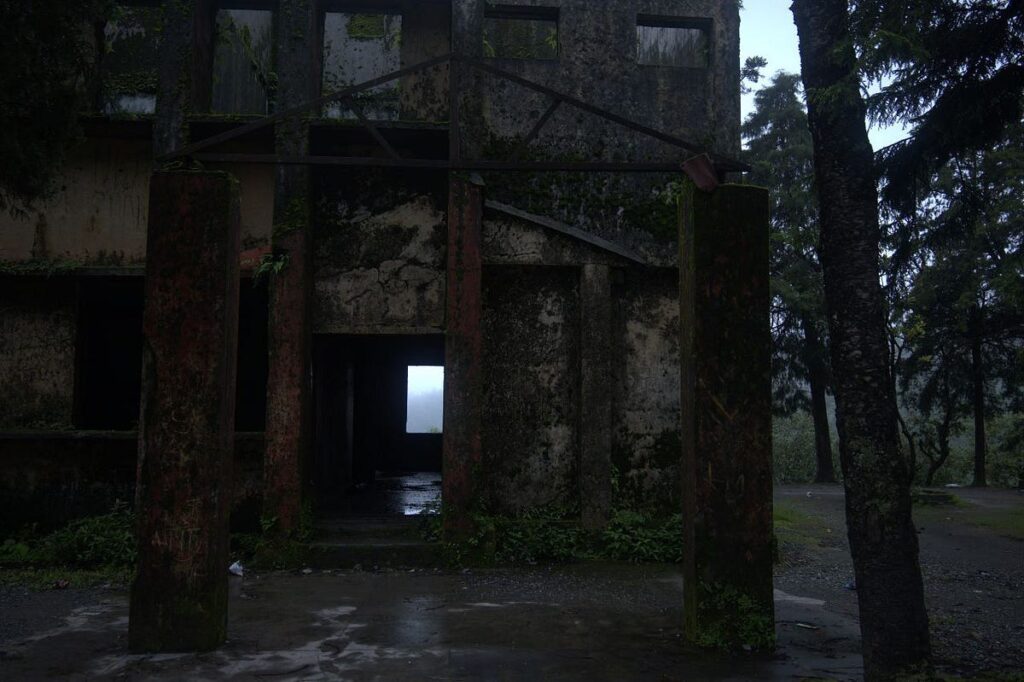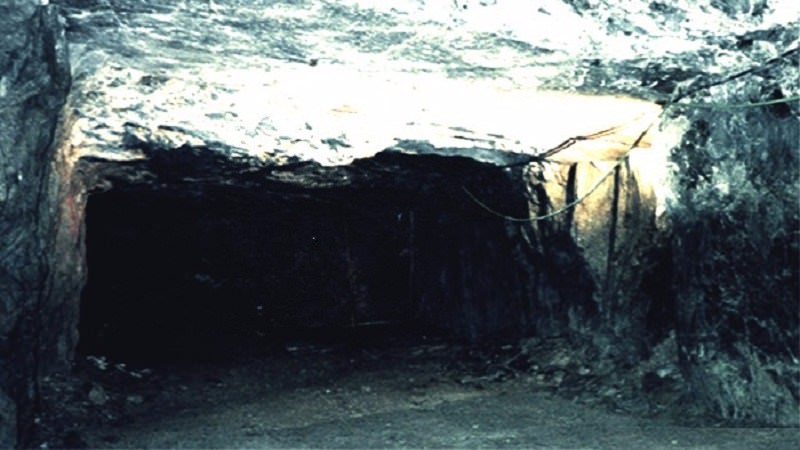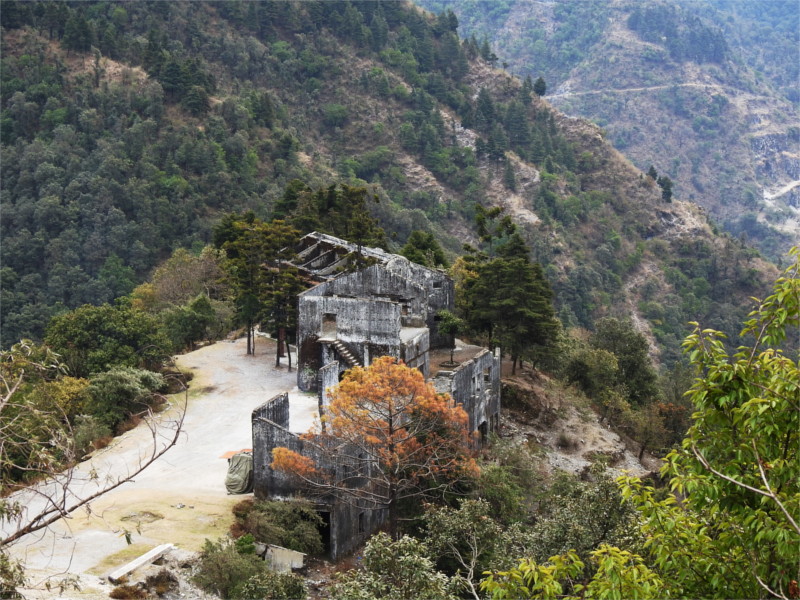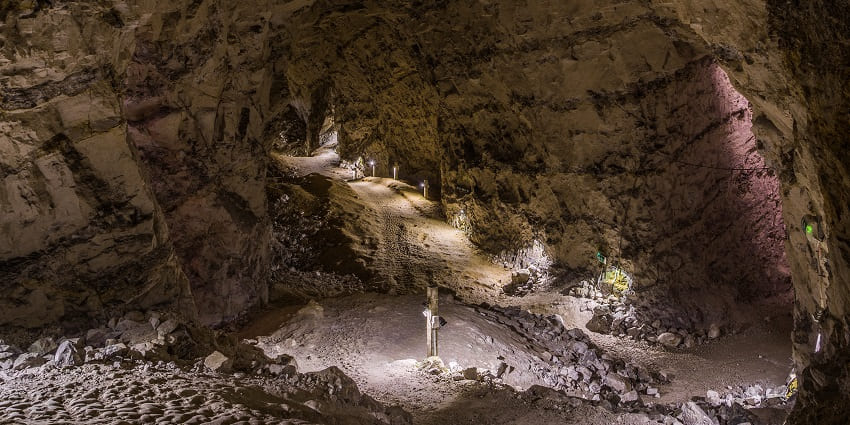A Haunting Tale of Tragedy and Spirits
Tucked away in the misty hills of Mussoorie, Uttarakhand, the Lambi Dehar Mines are a chilling contrast to the “Queen of Hills’” serene beauty. Once a bustling limestone quarry, this abandoned site, located 10 km from Mussoorie’s Mall Road, is now one of India’s most haunted places, shrouded in tales of tragedy and paranormal activity. Among its eerie legends, The Ghostly Children of Lambi Dehar Mines stand out—a haunting story of young spirits said to wander the mines’ desolate tunnels, their laughter and cries echoing through the pine forests. Drawing thrill-seekers, paranormal investigators, and curious tourists, this forsaken mine’s dark history captivates all who dare to visit. In this blog, we uncover the chilling tale of the Ghostly Children, explore the mines’ grim past, and reveal why Lambi Dehar is a must-visit for those brave enough to face its mysteries.

Lambi Dehar Mines: A Limestone Legacy Turned Ghostly
Established during British colonial rule, the Lambi Dehar Mines, also known as Lambidhar Mines, were a major limestone quarry near Mussoorie, employing thousands of workers to fuel construction across northern India. Located near Hathipaon and George Everest Peak, approximately 35 km from Dehradun, the mines operated under harsh conditions, with minimal safety measures and poor ventilation. By the early 1990s, the mines were a hub of industrial activity, but unsafe practices led to a catastrophic collapse, reportedly killing 50,000 workers in a single day—a figure widely cited in local lore, though unverified by historical records. The disaster, coupled with environmental concerns, led to the mines’ closure in 1996 by a Supreme Court order, leaving behind crumbling tunnels, rusted trolleys, and an eerie silence.
Today, the mines are a haunting relic, enveloped in mist and pine trees, with a ghostly aura that has inspired horror films, TV episodes, and ghost tours. The site’s isolation, treacherous terrain, and tragic history have cemented its reputation as “The Mine of Death,” with locals warning against nighttime visits due to supernatural dangers.
The Legend of the Ghostly Children
While the spirits of deceased workers and a vengeful witch dominate Lambi Dehar’s folklore, the lesser-known tale of the Ghostly Children adds a heart-wrenching layer to its haunted legacy. According to local stories, the 1990s collapse not only claimed the lives of miners but also devastated nearby worker villages, where families lived in makeshift camps. Among the victims were dozens of children, many under 10, who played near the mine entrances or accompanied their parents to the site. Trapped in the collapse or succumbing to lung diseases from limestone dust, these young souls were never properly mourned or cremated, binding their spirits to the mines.
The Ghostly Children are said to appear as small, shadowy figures, often in tattered clothes, giggling or crying in the mine’s tunnels or surrounding woods. Witnesses report hearing children’s laughter followed by sudden wails, or seeing tiny handprints on dusty surfaces. Some claim the children beckon visitors deeper into the mines, only to vanish, leaving a chilling sense of unease. Locals believe these spirits are restless, seeking playmates or their lost families, and are linked to the mines’ cursed aura, possibly influenced by a malevolent witch who roams the site. One tale suggests the witch, a grieving mother who lost her own child in the disaster, now guards the children’s spirits, her red-eyed silhouette terrifying those who linger after dark.

Paranormal Encounters at Lambi Dehar Mines
Lambi Dehar’s haunted reputation is fueled by chilling accounts from locals, tourists, and paranormal investigators:
- Child Apparitions: Visitors report seeing small figures darting through the tunnels or playing near the mine entrance, vanishing when approached. A 2021 blog recounts a group hearing children’s giggles at 1 AM, despite being alone.
- Eerie Sounds: Cries, wails, and laughter echo through the mines, attributed to the Ghostly Children or the 50,000 workers. Some hear whispers or footsteps, as noted in a 2024 paranormal investigation.
- Unexplained Phenomena: Shadowy figures, unexplainable lights, and sudden temperature drops are common, with one group in the early 2000s spotting a thin, silent man—possibly a miner—who disappeared abruptly.
- Witch Sightings: The witch’s glowing red eyes and sinister presence are reported near the mines, sometimes alongside the children, adding to the terror.
- Accidents and Omens: Locals cite frequent road accidents, a helicopter crash, and other unexplained incidents near the mines, believed to be the work of restless spirits.
Renowned ghost hunter Gaurav Tiwari, founder of the Indian Paranormal Society, investigated the mines, documenting strange noises and temperature fluctuations but finding no conclusive evidence. His visit, detailed in YouTube footage, sparked wider interest, drawing more thrill-seekers to the site.

Historical and Skeptical Perspectives
The Lambi Dehar Mines’ haunting is rooted in their tragic history. Operating since British times, the mines expanded rapidly, employing thousands under hazardous conditions. The 1990s collapse, attributed to poor safety and wrongful mining practices, led to mass casualties, with workers dying from suffocation, rubble, or lung diseases caused by limestone dust. Environmental degradation, including soil erosion and deforestation, prompted the 1996 closure, after which the site was used for eco-restoration research to revive oak forests.
Skeptics challenge the mines’ haunted narrative:
- Exaggerated Death Toll: The claim of 50,000 deaths lacks historical documentation and would represent an unprecedented disaster. No media or official records confirm such a catastrophe, suggesting the figure is folklore.
- Environmental Factors: The mines’ misty, isolated setting and crumbling structures amplify sounds like wind or animals, mistaken for cries or footsteps.
- Psychological Effects: The site’s grim reputation, fueled by media and Ruskin Bond’s ghost stories, creates a placebo effect, heightening visitors’ fear.
- Natural Dangers: Accidents near the mines are likely due to treacherous terrain and poor infrastructure, not supernatural causes.
- Witch and Children Myths: The witch and Ghostly Children may stem from cultural beliefs about restless spirits, with no specific tragedy tied to children documented.
Despite skepticism, locals near Hathipaon insist on paranormal activity, advising visitors to avoid the mines after dark. The consistency of reports, including those from paranormal teams using EMF detectors and EVP recorders, keeps the legend alive.
Lambi Dehar Mines Today: A Haunted Tourism Hotspot
Lambi Dehar Mines are a free-entry site, accessible by private vehicle or taxi from Mussoorie’s Library Chowk (10 km) or Dehradun (35 km). Open for exploration, the mines attract adventurers, ghost hunters, and filmmakers, with guided haunted walking tours starting at 5 PM, covering the mines and workers’ burial site. The rugged terrain and lack of infrastructure make daytime visits safer, with groups advised for security. Nearby attractions like Kempty Falls, Gun Hill, and George Everest’s House complement a visit, offering a mix of scenic and spooky experiences.
The mines’ eerie reputation, amplified by X posts and media like Discovery Channel India’s 2024 YouTube feature, draws global attention. Horror films shot on-site and Ruskin Bond’s stories further boost its allure, making it a staple on India’s haunted places lists alongside Bhangarh Fort and Shaniwarwada.
Why Visit Lambi Dehar Mines? Tips for Travelers
Lambi Dehar Mines offer a thrilling blend of history, tragedy, and paranormal intrigue, perfect for Mussoorie visitors:
- Best Time: Visit from March to June for pleasant weather, or October to February for a misty, ghostly vibe. Avoid monsoons (July–September) due to slippery roads and landslides.
- Getting There: From Mussoorie’s Mall Road, hire a taxi (₹500–700) or drive 10 km to the mines via Cart Road. From Dehradun, it’s a 35-km cab ride (₹1,200–1,500). Buses to Hathipaon are available but less frequent.
- What to See: Explore the mine tunnels, rusted trolleys, and burial site. Pair with Kempty Falls (15 km) or George Everest Peak (3 km) for scenic views.
- Ghost Hunting: Join a 5 PM guided tour (₹1,000–1,500) or bring a flashlight and camera. Avoid solo nighttime visits due to terrain and safety risks.
- Safety: Travel in groups, wear sturdy shoes, and carry water, as no facilities exist on-site. Respect local warnings about the witch and spirits.
- Cultural Respect: Honor the workers’ memory and avoid trivializing the tragedy, acknowledging the site’s historical significance.
Conclusion: Dare to Hear the Children’s Cries?
The Ghostly Children of Lambi Dehar Mines weave a haunting tale of innocence lost amid Mussoorie’s tragic industrial past. Whether their laughter and cries echo from restless spirits or are myths born of the mines’ grim history, Lambi Dehar’s eerie allure is undeniable. As you tread its misty trails or peer into its dark tunnels, will you glimpse the shadowy children or feel the witch’s gaze? Visit Lambi Dehar Mines to uncover its secrets—but tread carefully, for the spirits of the past may still linger.
Have you explored Lambi Dehar or heard its ghostly tales? Share your experiences in the comments, and subscribe for more spooky stories from India’s haunted heritage!
Disclaimer: The Ghostly Children of Lambi Dehar Mines are based on folklore and anecdotal reports, with no definitive evidence of paranormal activity. Approach with curiosity and respect for Mussoorie’s historical legacy.
